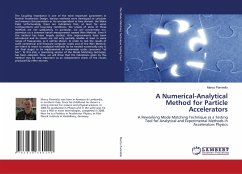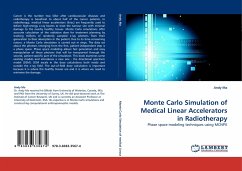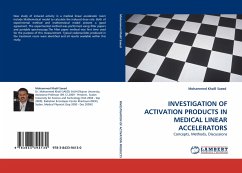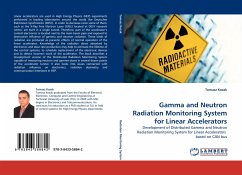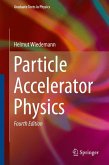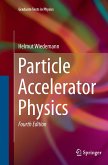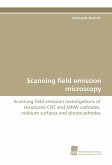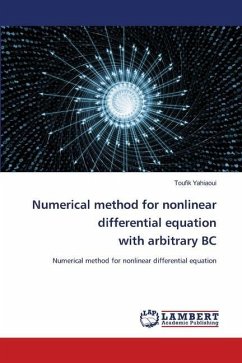The Coupling Impedance is one of the most important parameters in Particle Accelerator Design. Various methods were developed to calculate and measure this parameter or its correspondent in time domain, the Wake Field. Unfortunately, there are indications that, at least for some configurations and boundary conditions, the results of some of these methods are not satisfactory. In particular, we will concentrate our attention on a common bench measurement named Wire Method. Even if this method has been largely studied, little improvements have been introduced and its results are still only partially reliable at least in some range of frequencies, as it will be shown. In order to test the results of some commercial and freeware computer codes and of the Wire Method, we intent to resort to analytical methods (to be treated numerically only in the final stage) to be implemented in homemade codes conceived "ad hoc". To this end, a reworking version of the Mode Matching technique has been adopted. Here, we will show that the indications given by this method may be very important as an independent check of the results produced by other sources.
Bitte wählen Sie Ihr Anliegen aus.
Rechnungen
Retourenschein anfordern
Bestellstatus
Storno

